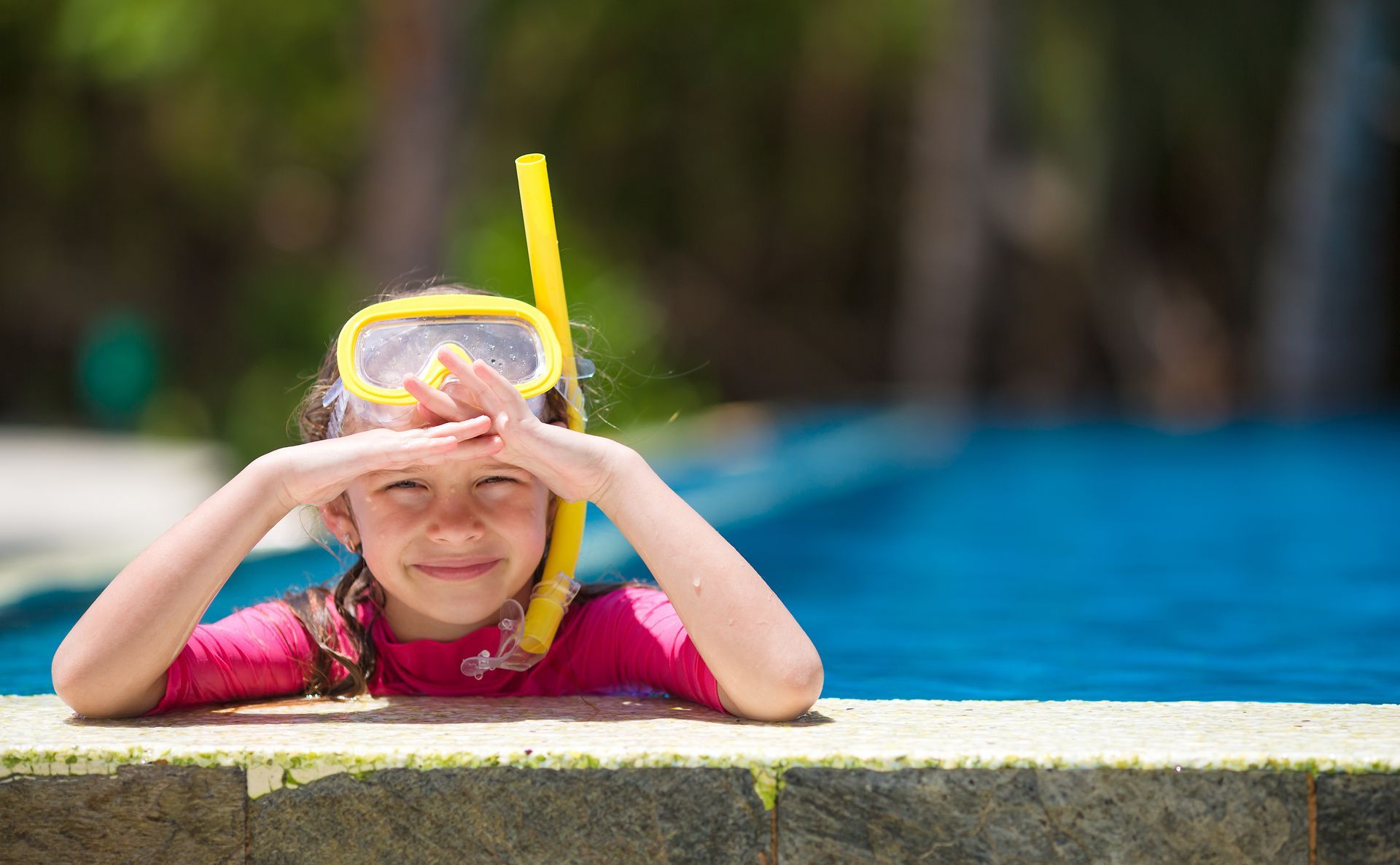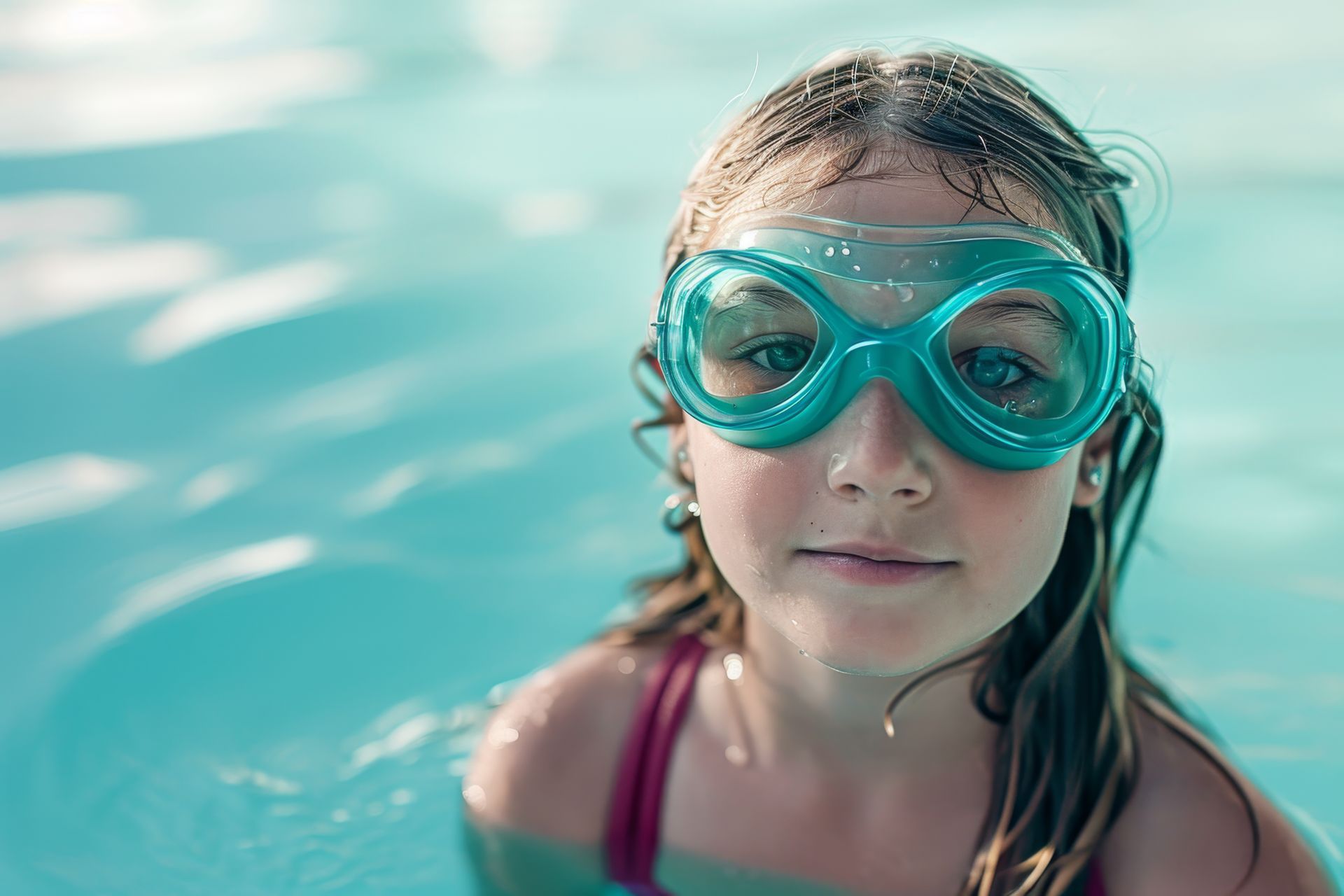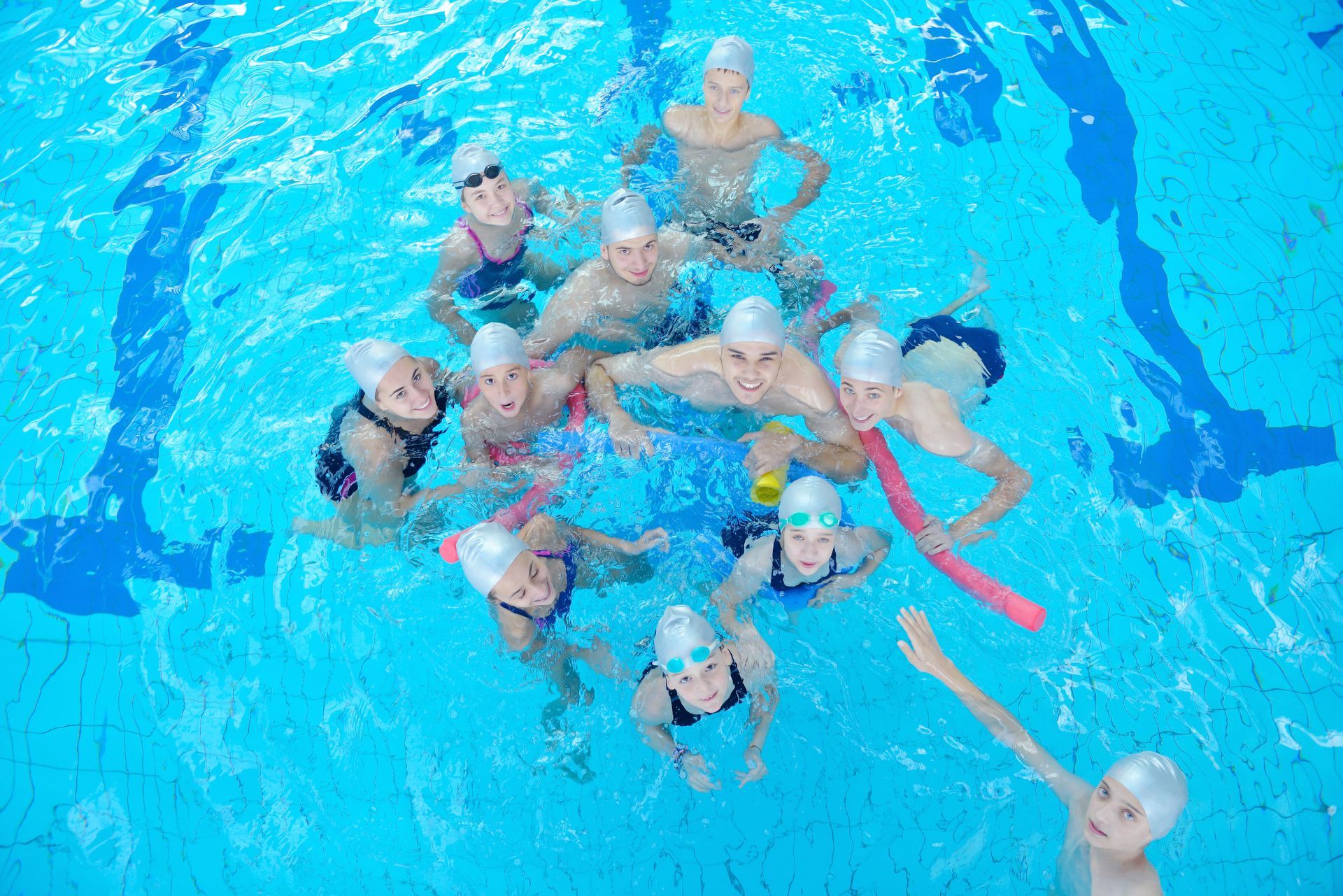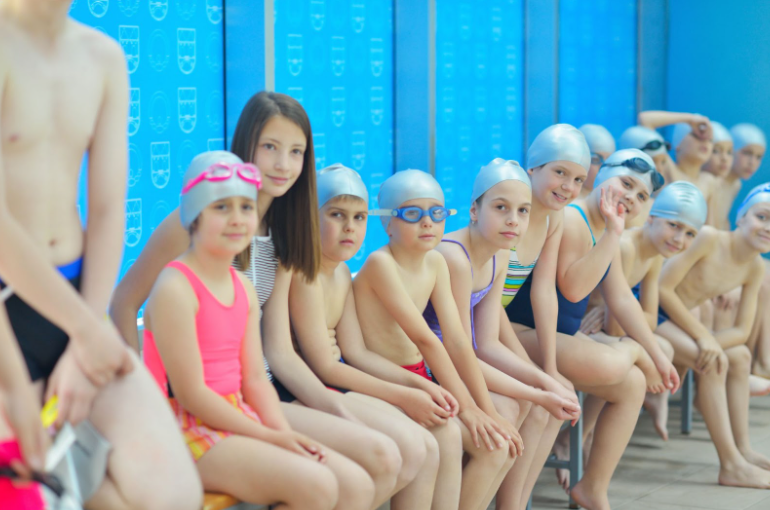Swim Diapers Guide: Ensuring Comfort & Pool Safety for Babies
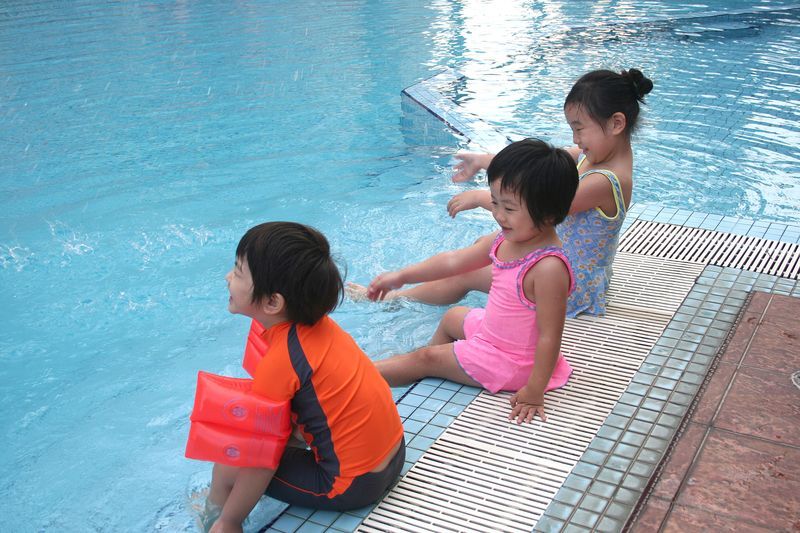
In the realm of baby care and pool safety, parents often seek guidance on ensuring the comfort and well-being of their little ones during swimming activities. Swim diapers play a crucial role in containing messes and preventing accidents while babies enjoy their time in the water. Beyond their practical function, these specialized diapers are designed to provide a comfortable and secure fit, allowing babies to move freely and enjoy their aquatic adventures with ease. Understanding the benefits of swim diapers and how to choose the right ones can help parents create enjoyable and safe swimming experiences for their babies.
Understanding Swim Diapers and Their Importance
Before introducing your baby to the joys of swimming, it's essential to understand the unique needs they have when entering a pool, particularly regarding swim diapers. Unlike regular diapers designed for dry use, swim diapers are specially made to withstand water and contain solids while letting liquids pass through. This key difference prevents the diaper from swelling up, thereby ensuring comfort and mobility for your baby in the water.
Swim diapers play a crucial role in maintaining pool hygiene and protecting both your baby and other swimmers from bacteria and pathogens that can be present in fecal matter. While it’s a topic not often discussed openly, the reality is that incidents in pools are not uncommon, and the use of properly designed swim diapers is vital in preventing the spread of infections such as E. coli and Crypto. These types of bacteria can lead to outbreaks of gastrointestinal illness among swimmers, emphasizing the importance of these specialized diapers in a communal swimming setting.
Swim diapers contribute significantly to creating a comfortable swimming environment for babies and their parents. Knowing that your little one is adequately protected allows for a more relaxed and enjoyable swimming experience. It relieves parents of the worry of accidents that can interrupt swim time and require immediate attention. Ensuring your baby wears a swim diaper is also a sign of consideration for others, as it helps maintain the cleanliness and safety of the pool for everyone's benefit.
Overall, the use of swim diapers is an essential aspect of introducing your baby to swimming. By choosing the right type and ensuring a proper fit, you not only safeguard your child's health and comfort but also contribute to a safer and more enjoyable swimming environment for all. Stay tuned for more insights on selecting the right swim diaper and preparing your baby for their first splash.
Selecting the Right Swim Diaper for Your Baby
Once you appreciate the importance of swim diapers for your baby's pool time, the next step is selecting the appropriate one. Swim diapers come in two main types: reusable and disposable. Reusable swim diapers, made from fabrics that can be washed and worn again, are both cost-effective and eco-friendly. They require regular laundering and proper storage to maintain hygiene. On the other hand, disposable swim diapers offer convenience, especially for on-the-go families, but can be less cost-efficient over time and contribute to environmental waste.
Size and Fit are Paramount When Choosing a Swim Diaper
It should snugly fit your baby’s waist and thighs to prevent leaks, without being so tight as to cause discomfort. Brands typically offer size guides based on weight, but it’s advisable to try a few sizes to find the perfect fit for your child. When it comes to material, look for swim diapers that are made from a soft, stretchy fabric that will move with your baby. Quick-drying materials are ideal, as they contribute to your child's comfort both in and out of the water. Some swim diapers also come with UPF protection, which is an added benefit for your baby's delicate skin.
Comparing brands and costs can help you find the best deal without sacrificing quality. While some premium brands offer additional features, such as adjustable sizes or patterns, your priority should be finding a swim diaper that meets your baby’s basic needs reliably and comfortably. Beyond personal considerations, it’s vital to consider the environmental impact of your choice. Opting for reusable swim diapers when possible can significantly reduce your baby’s carbon footprint from an early age.
Preparing Your Baby for a Positive Swim Experience
The ideal age to introduce your baby to swimming may vary, but generally, parents start from a few months old. Acclimatizing your baby to water can begin with bath time, gradually introducing playful splashes and pouring water over their body to mimic pool experiences.
Incorporating swim diapers into the routine early on will help your baby get used to wearing them. Expose them to wearing the diaper while in a small kiddie pool or during bath time, making the transition to larger pools smoother.
Finally, safety should always be your number one concern during your baby's first swim. Always stay within arm’s reach, and never rely solely on the swim diaper to keep your baby safe in the water. An early and positive introduction combined with the right swim diaper selection will set the stage for a lifetime of enjoyable and safe swimming experiences.
Common Questions and Concerns about Swim Diapers
Many parents have concerns regarding how to effectively manage swim diaper leaks and when to change them. Regarding leaks, it's pivotal to ensure the fit is snug to minimize accidents. Should a leak occur, it's crucial to remove your child from the pool immediately to prevent contamination. Changing a swim diaper is advised every 60-90 minutes or immediately after a bowel movement. Signs that it's time for a new diaper include sagging, the presence of solids, or if the swim diaper appears to be stretching out of shape.
For parents of children with special needs, the market offers specific swim diaper options designed for extra comfort and security, taking into account different body types and needs. Always consult with your child's healthcare provider for personalized advice.
Local Insights and Recommendations
Families living in or visiting New York City and Houston, Texas, have several friendly swimming spots to choose from. In New York City, the Astoria Park Pool and McCarren Park Pool are favorites among locals for their family-friendly amenities. In Houston, the Noah's Ark Pool at Quillian Center and the Pirates Bay Water Park offer excellent swimming experiences for children of all ages.
When it comes to choosing swim diaper brands, availability might vary by location, but brands like Pampers Splashers, Huggies Little Swimmers, and I Play. by Green Sprouts come highly recommended. These brands are known for their reliability, comfort, and availability across most stores.
SwimJim, renowned for its commitment to nurturing young swimmers, emphasizes the importance of proper swim diaper use for pool safety. By following the guidance on selecting, using, and changing swim diapers, parents can ensure their little ones enjoy a safe, comfortable, and hygienic swimming experience. SwimJim encourages parents to familiarize themselves with pool rules regarding swim diapers to uphold hygiene standards and protect all swimmers.
Swim diapers are a crucial component of your baby's swimming journey, ensuring hygiene, comfort, and safety for all. By selecting the right type, maintaining proper changing practices, and choosing eco-friendly options, parents can contribute positively to their children's swim experience and the environment. Armed with this comprehensive guide, you are now ready to introduce your baby to the wonders of swimming with confidence and care.
Ready to dive into your baby’s swimming journey? SwimJim is here to ensure your little swimmer enjoys every splash with confidence and safety.
